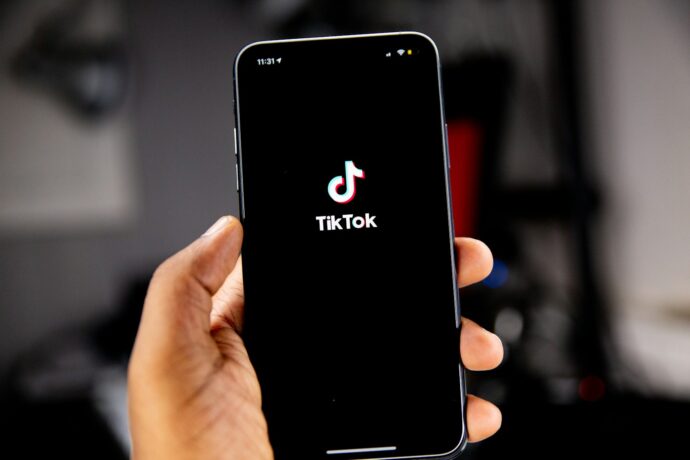
Gamification is a powerful tool that businesses can use to drive results. By integrating playful elements into their operations, companies can engage their employees and customers in a more effective and enjoyable manner. In this article, we will explore how gamification works, why it is effective, and how businesses can use it to improve their bottom line.
Definition: “Gamification is the process of adding game-like elements to non-game activities.“
This can include anything from badges, leaderboards, and points systems, to virtual rewards, challenges, and missions. The goal of gamification is to motivate and engage people by making their experience more enjoyable and rewarding.
The effectiveness of gamification lies in its ability to tap into our intrinsic motivation. When we play games, we are naturally motivated to learn, explore, and achieve. This is because games are designed to be fun, challenging, and rewarding. By incorporating these elements into non-game activities, we can create a similar experience that motivates and engages people in a more effective and enjoyable way.
Gamification can be used in a variety of business contexts, from marketing and advertising to employee training and development. For example, a company might use gamification to incentivize their sales team to meet certain targets by offering rewards for top performers. Similarly, a company might use gamification to train their employees on new software by creating a virtual environment that simulates real-world scenarios.

One of the key benefits of gamification is that it can increase engagement and participation in activities that might otherwise be boring or tedious. For example, a company might use gamification to encourage their customers to complete a survey by offering them virtual rewards for doing so. This can lead to higher completion rates and more actionable data for the company.
Another benefit of gamification is that it can improve performance by providing immediate feedback and encouraging continuous improvement. For example, a company might use gamification to track the progress of their employees as they complete training modules. This can help identify areas where employees might need additional support, and can encourage them to continue learning and improving.
However, it is important to note that gamification is not a silver bullet.
It is not a magic solution that can solve all of a company’s problems. Rather, it is a tool that can be used to supplement existing strategies and initiatives. It is also important to design gamification initiatives carefully, with clear goals and objectives in mind. Poorly designed gamification initiatives can actually have a negative impact on engagement and motivation.
In conclusion, gamification is a powerful tool that businesses can use to drive results. By incorporating playful elements into their operations, companies can engage their employees and customers in a more effective and enjoyable manner. However, it is important to approach gamification carefully, with clear goals and objectives in mind. With the right approach, gamification can be a valuable addition to any business strategy.



